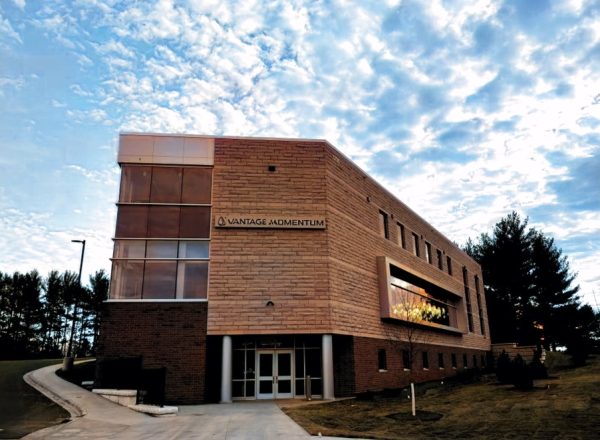Food For Thought: The Necessity of ICA Food Charities
October 25, 2019
The average cost of a modest two bedroom apartment in the Twin Cities metro area is about $1300 a month. In order to spend the recommended 30% of total income on housing, someone working full time would need to make $25 an hour or $52,000 a year.
According to the Minnesota Department of Labor and Industry, “at the 2019 Minnesota large-employer minimum of $9.86, a full-time worker would earn about $20,500 annually.”
For people working at minimum wage, these numbers don’t add up. Even working two full-time minimum wage jobs, many families or single parents find it difficult, if not impossible, to afford housing, food, clothing, and other necessities.
Earning enough money to make ends meet is a difficulty shared by many. The maximum amount that a person at the full retirement age of 66 can receive from Social Security benefits is only about $2800 a month, which comes to less than $35,000 a year. In addition, those who are living with disabilities often live on fixed incomes that don’t cover day-to-day expenses.
Fortunately, some of this financial pressure can be alleviated by food shelves, organizations that distribute food directly to those in need. The executive director of the ICA Food Shelf in Minnetonka, Peg Keenan, says she often tells clients that “any one of us could need ICA services sometime in their lives – it only takes two disasters to strike and any one of us could need help.”
Major life situations such as a death in the family, extended illness, divorce, or unexpected bills often bring people to food shelves. These are issues that can affect anyone, in any economic situation.
Having food shelves as a nearby resource “fulfill a vital need in society,” says Joseph McDonald Sr., the chief executive officer of Volunteers Enlisted to Assist People (VEAP) an organization in Bloomington that not only serves as a food shelf, but also helps people in a financial crisis to avoid eviction and stay secure in their homes.
Food shelves more often than not are helping people get back on their feet, not distributing “handouts”–a stigmatized term often used by those who disagree with what food shelves do to help communities.
McDonald added, “The majority of our clients are hardworking people, many of whom are working more than one job. We are here to support individuals and families who are enduring financial hardships and who need assistance to make ends meet.”
Hunger is not just an issue in urban centers.
“Many don’t think about people living in the suburbs as needing assistance,” Keenan said.
She estimated that in this year alone, 990 children and youth in Minnetonka Public Schools will use ICA’s food services.
To this fact, Sarah Stolar, ’20, said that “in a community like ours, a community defined by its designated wealth and commitment to staying within the ‘Minnetonka bubble,’ issues like hunger, food insecurity, and homelessness are really glossed over and unknown because of the outwardly ‘perfect’ image that we often project. I think it should be more of a known concern that Minnetonka is like many other districts, with students who face difficult daily struggles.”
At the high school, Minnetonka UNICEF will be hosting a food drive the last week of October.
To learn more about how you can support your local food shelf by donating your time, food, or finances, visit www.icafoodshelf.































